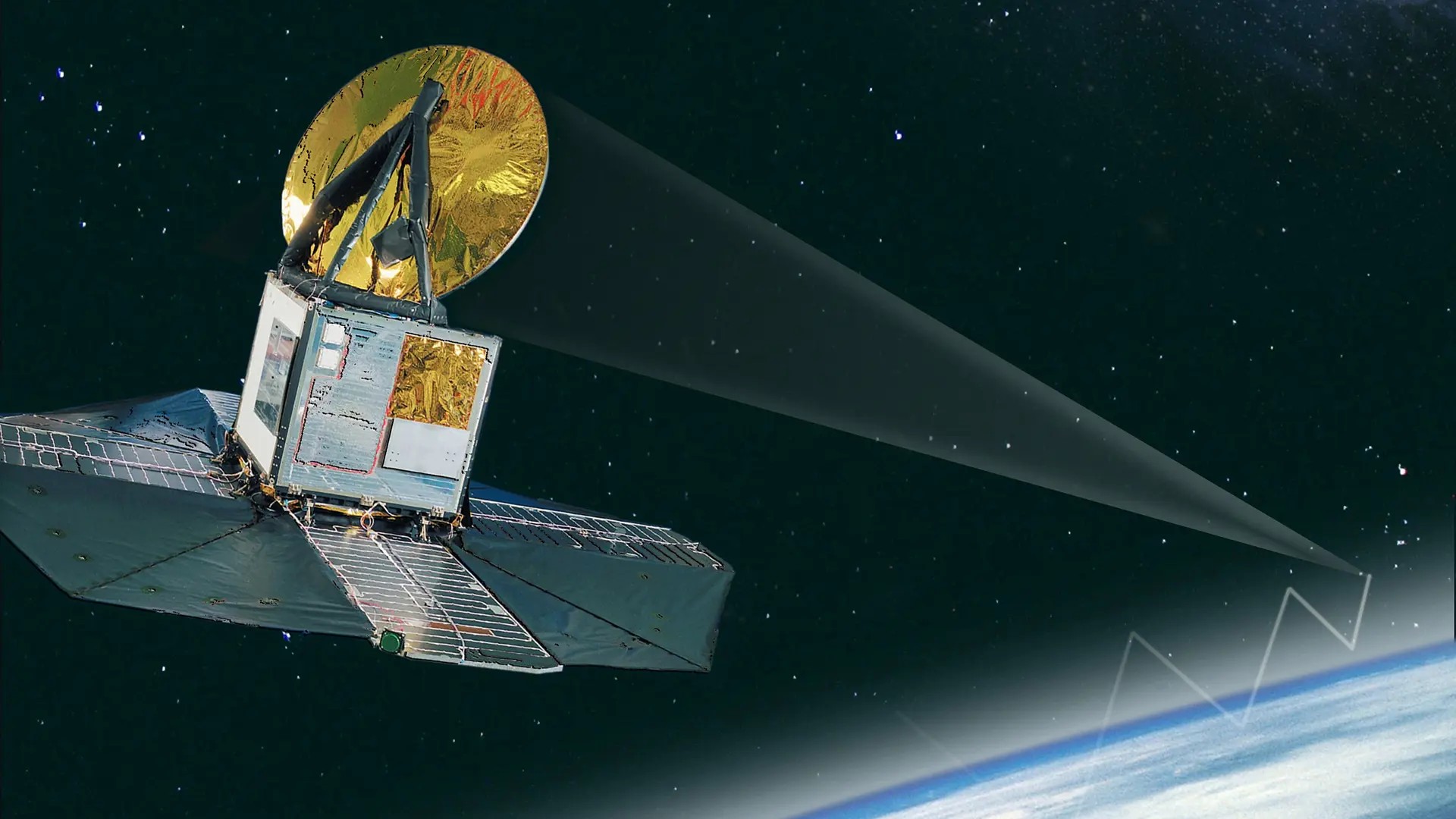
The Odin satellite – an observatory for sub-millimetre wave spectroscopy – was launched from Svobodny in far-eastern Russia on February 20, 2001. Odin was designed for research in both astronomy (for example studies of the star formation process in our Galaxy) and aeronomy (for example studies of the depletion of the ozone layer in Earth's atmosphere).
The astronomy part of the mission was successfully concluded in the spring of 2007. Since then the satellite has been used exclusively for studies of the Earth’s atmosphere. The astronomy mission scientist was Åke Hjalmarson at Onsala Space Observatory.
An astronomical highlight of the Odin mission was the first discovery of interstellar molecular oxygen. The observations were made at the frequency 119 GHz towards the rho Ophiuchi A gas cloud. Due to the oxygen in Earth's atmosphere, such observations cannot be made from the ground. Oxygen is a fairly common element in the Universe, and it was expected that oxygen molecules would be abundant in cosmic molecular clouds. But the dected signal was much weaker than expected, corresponding to an amount of oxygen molecules only 5·10–8 of the amount of hydrogen molecules.
The aeronomy mission scientist is Donal Murtagh at the research group Global environmental measurements and modelling at the Division for Microwave and Optical Remote Sensing at the Department of Space, Earth and Environment, Chalmers. The group at Chalmers is the main data processing centre for the sub-mm radiometer instrument providing the atmospheric community with quality assessed data.
Odin was built by the Swedish Space Corporation, on behalf of the Swedish National Space Board and the space agencies of Canada (CSA), Finland (TEKES) and France (CNES). The microwave radiometer system was integrated, tested and optimised by Onsala Space Observatory engineers.
Read more about Odin
Technical description
Odin is equipped with a high precision offset Gregorian telescope of diameter 1.1 m, followed by four tuneable, SSB sub-millimetre wave Schottky mixers and a fixed-tuned HEMT receiver at 119 GHz. Any four, three, or two (depending upon the satellite power available) of these front-end receivers can be combined with any of three spectrometers (a broad band acousto-optical spectrometer, AOS, and two flexible hybrid auto-correlators, AC1 & 2). Some salient features of the Odin satellite observatory are summarised in the table below. Based upon Jupiter observations, the main beam efficiency of the telescope has been determined to be as high as 90% at 557 GHz, the frequency of the water line. The rather complex radio receiver system was integrated, tested and optimised by engineers in the Onsala Space Observatory receiver laboratory. For aeronomy purposes, Odin is equipped with an Optical Spectrograph and InfraRed Imaging System, OSIRIS, developed in Canada.
The satellite
- Platform: 3-axis stabilized (reaction wheels, star sensors, gyros)
- Mass: 250 kg (platform 170 kg, science equipment 80 kg)
- Size: Height 2 m, width 3.8 m (including solar panels)
- Orbit: circular sunsynchronous polar orbit, altitude 600 km
The science equipment (mm and sub-mm waves)
- Antenna size: 1.1 m
- Beam size at 119/550 GHz: 9.5'/ 2.1'(126")
- Main beam efficiency: 90%
- Pointing uncertainty: <10" (rms)
- Submm tuning range: 486–504, 541–581 GHz
- Submm noise temperature: 3300 K (SSB)
- HEMT centre frequency: 118.75 GHz
- 2.5 mm noise temperature: 600 K (SSB)
- AOS bandwidth & resolution: 1100 MHz / 1 MHz
- AC1 & 2 bandwidth & resolution: 100–800 MHz / 0.25–2 MHz